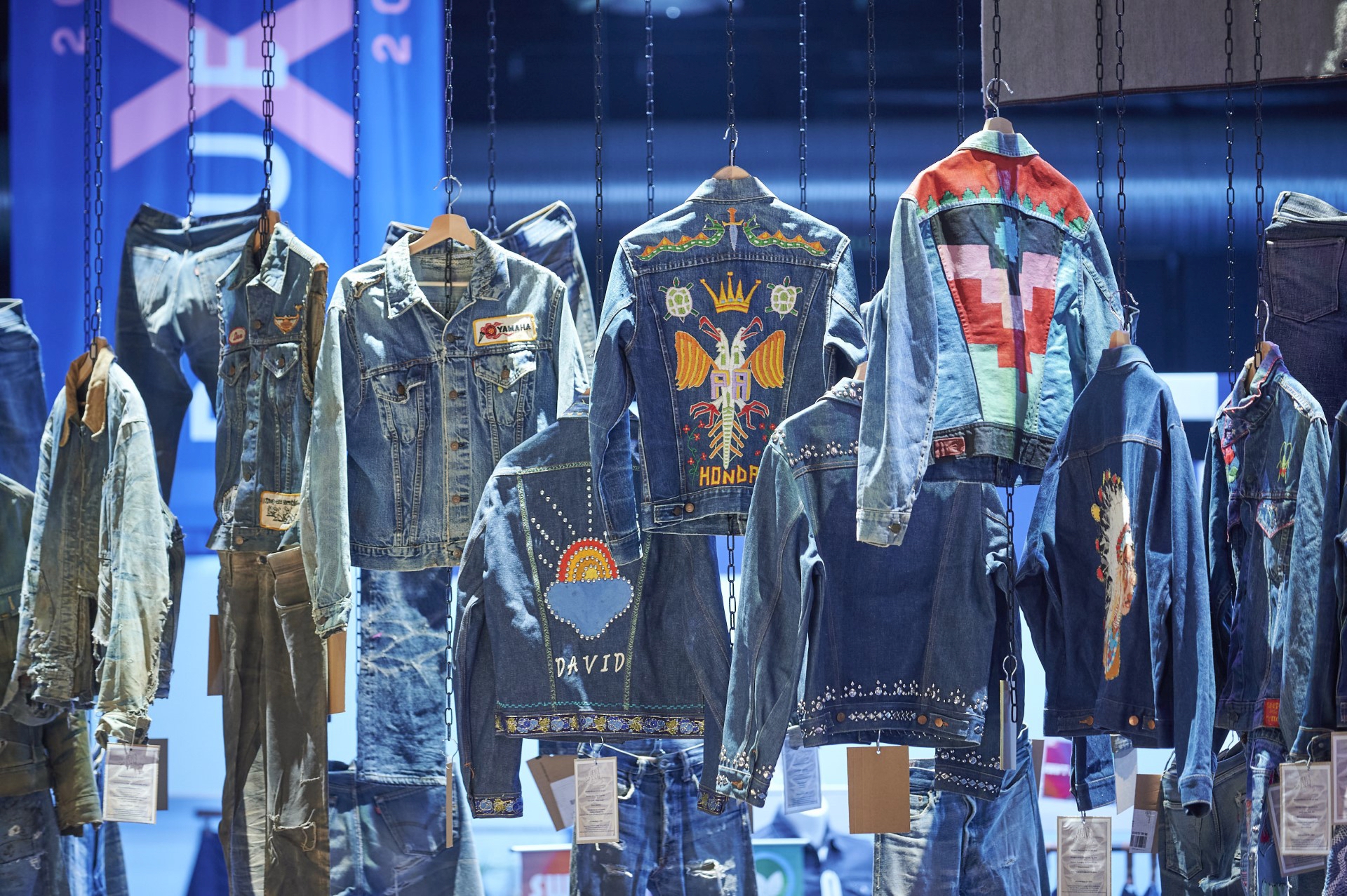Interview – Kiat Yen, founder of Indigo People
Indigo People is born out of the love for authentic craftsmanship and the beauty of natural indigo. Every single piece is handcrafted and dyed in natural indigo by passionate artisans following their long traditions. Their brand name is a tribute to people who love traditional craftsmanship and natural indigo, and the artisans who keep these alive. The logo is a mixed style of east and west, which embodies their spirit. Indigo People was founded in 2013 by Kiat Yen and Johan van de Berg.
Kiat Yen, the creative brain behind the brand was born and raised in Malaysia. After spending his childhood in this multicultural country he migrated with his family to the Netherlands where he received his master’s degree in fashion design. As a denim designer Kiat worked for several international jeans brands, where he gained a lot of experience in both design and product development. During the trips he made back to his root in South East Asia, he decided to start Indigo People to share his love for authentic craftsmanship and to help the local community.
Johan van de Berg, the financial brain behind the brand, was born and raised in eastern Netherlands, where people still speak regional dialect. For thirty years Johan was publishing history books and novels in the disappearing Dutch dialects to promote speaking and writing in these dialects. When Johan got in touch with the wonderful products and the beautiful story behind Indigo People, he decided to help the local artisans by bringing their products to the global stage.
We had the privilege to chat with Kiat about their production process and the impressive story behind the brand.

Robin Denim: The atypical story behind Indigo People is different than that of most other brands. What are the brand’s values which have made it so attractive?
Kiat Yen: We are the first brand that is specialised in handcrafted fashion items that are fully natural indigo dyed, using different traditional techniques. We work directly with traditional artisans and support them to pass on their endangered heritage to the next generation.
We work together with local artisans in Thailand, Laos, India and Indonesia. Each country/ region has its own specialty and traditional weaving and printing technique. We select the local artisans by their quality and authenticity and we are willing to pay a fair price for their craftsmanship.
Robin denim: What makes the countries you mentioned above ‘Indigo unique’, how do they differentiate from the rest?
Kiat Yen: Thailand and Laos are great in creating indigo ikat weaving. Indonesia is specialised in batik printing and India, which is the biggest supplier for natural indigo dyeing in the world, has a long tradition in block printing.

Robin Denim: Indigo ikat weaving, batik printing and block printing are three different methods you have been using for your products. Could you explain what those exotic techniques entail?
Kiat Yen: The Ikat technique is a resist dyeing process applied on the yarns prior to dyeing and weaving the fabric. It starts by binding the designed pattern on the weaving yarns with tight wrapping. After repeatedly dipping the bound yarns in natural indigo to reach the dark blue colour, the bindings are then removed to create the pattern directly on the handloom. The Ikat program can be split into the subprograms of ‘handspun yarns’ and ‘machine spun yarns’.
The raw cotton of the handspun yarns gives the scarves an authentic harsh hand feel. The scarves will gain softness after regular wash and wearing. The spun yarns machines have a soft touch since the beginning and give a more feminine twist to the scarves.
Both block print and batik are resist dyeing processes applied to the finished textile. Block print is created by using a handmade wooden block to apply mud (a mixture of mud and tree gum) on the fabric. The mud resists dye during the indigo dipping. Once the mud is removed after the dyeing, the printed area remains its original base colour.
Batik is either created by hand drawing with the resist wax with a sprouted tool called ‘canting’, or by printing the melted wax with a handmade copper stamp or silk screen. The wax blocks the dyestuff to penetrate into the textile. Then the cloth is dipped piece by piece multiple times in natural indigo by hand, to achieve the deep indigo colour. To remove the printed wax, the cloth is boiled in hot water. Once the wax is removed the printed area regains its raw colour and the artwork appears on the textile.
Robin Denim: How do you come to selecting the collection? And what is in your eyes the most innovative item?
Kiat Yen: We aim to support the local small businesses. All weaving yarns and fabrics are supplied by local producers. It’s important for us to create an authentic denim look and the weaving yarns and fabrics must have a sturdy appearance.
The base for each collection is to merge traditional craftsmanship and antique textile designs with an authentic jeans attitude to create unique pieces that are unmissable for the contemporary denim outfits. Each item is innovative for us and our artisans because of the combination of traditional technique with new design.
Robin Denim: What are you dreams for the future?
Kiat Yen: Indigo People is still a young brand, our plan is to cross the European boarder to bring our brand and products to the rest of world. We are constantly looking for traditional craftsmen in different countries in the world who need help preserving their heritage. Our aim is to help a bigger group of artisans.
 Share
Share
 Tweet
Tweet



